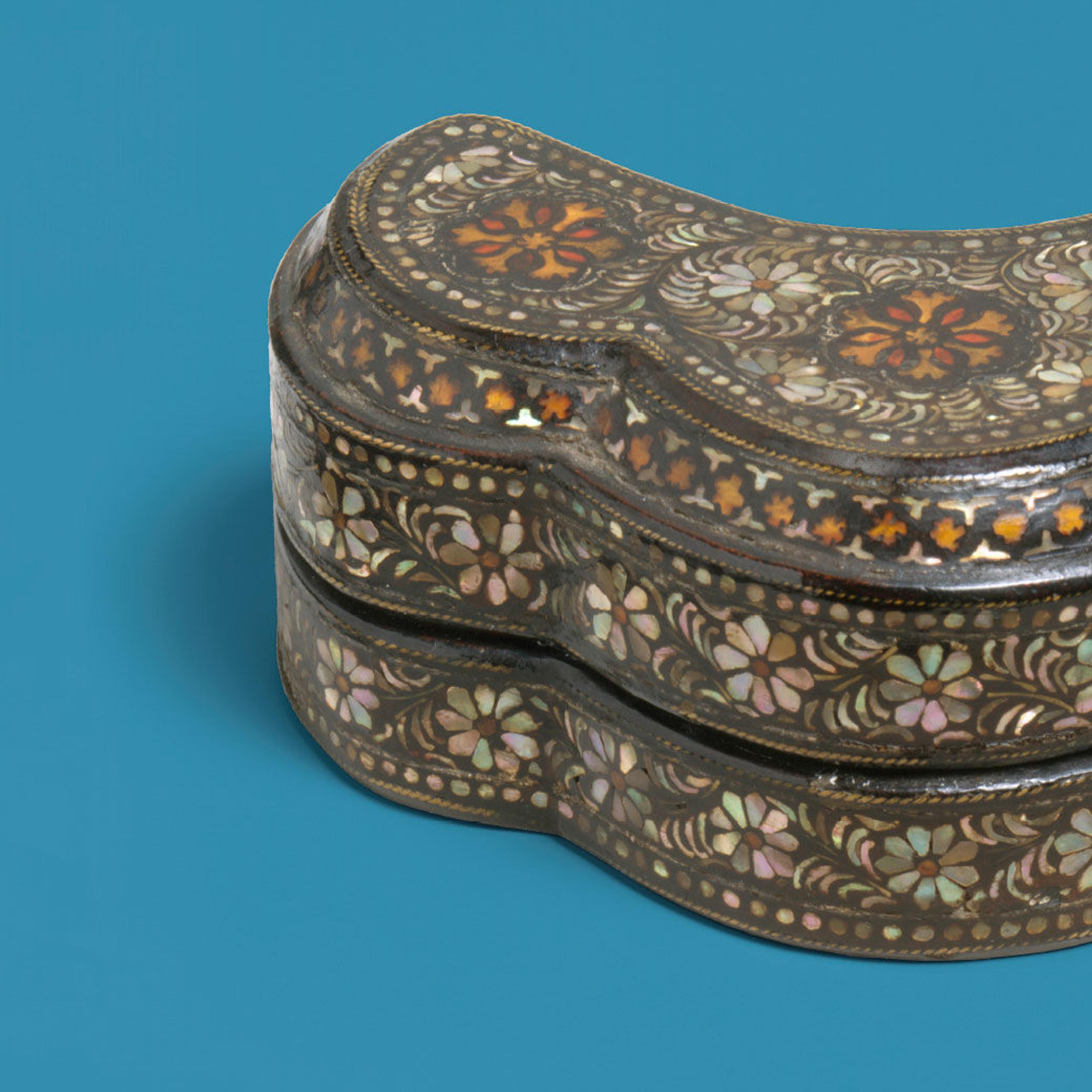Lacquerware with mother-of-pearl inlay has a long and rich tradition in the history of Korean art. This exhibition showcases nearly thirty outstanding works of Korean lacquerware from The Met collection and marks the Museum’s first exhibition dedicated solely to Korean lacquerware. The pieces are arranged thematically by motif to illustrate the technical and aesthetic development of the art form and acknowledge the greater Asian context through comparative examples of Chinese, Japanese, and Ryūkyū (Okinawan) lacquers and South Asian mother-of-pearl. The exhibition begins with a twelfth-century trefoil box, noteworthy for its rarity, exceptional technique, and intricate inlay, and follows the tradition to the present with contemporary works by master artists.
Lacquer—an English word derived from the Portuguese word lacré (sealing wax)—refers to the toxic sap sourced from trees belonging to the Toxicodendron genus widely found in Korea, Japan, southern China, and Southeast Asia. When exposed to oxygen and humidity, lacquer hardens, or polymerizes, becoming a natural plastic and ideal protective covering. The term “mother-of-pearl” has been used since at least the sixteenth century to describe the lustrous material in the interior of some mollusks in many parts of the world. The exhibition explores the manner in which lacquer and mother-of-pearl are often paired yet have distinct materiality.
The exhibition is made possible by the Ministry of Culture, Sports and Tourism, The Republic of Korea (MCST).
Exhibition Objects
Press the down key to skip to the last item.
